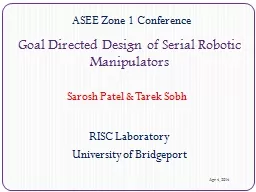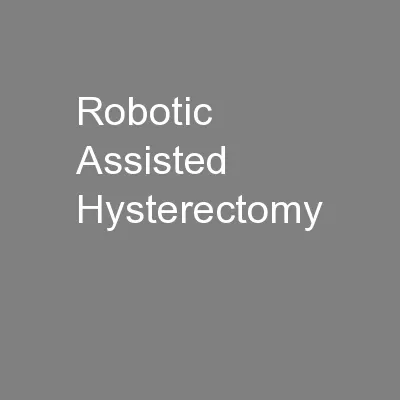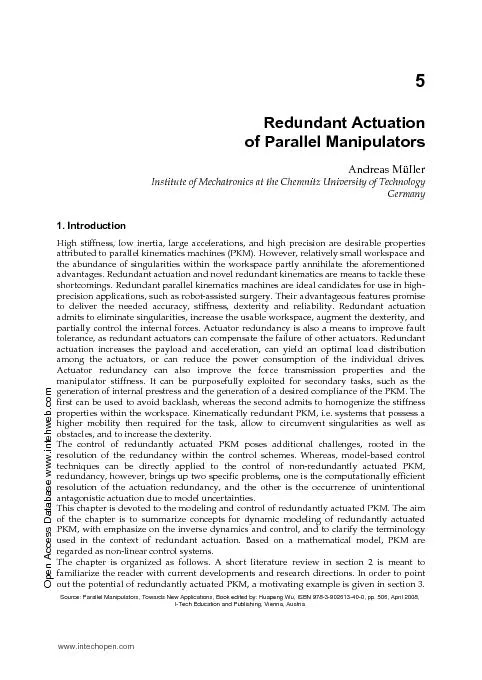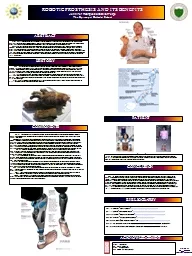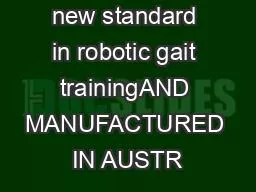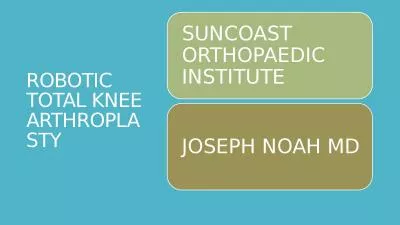PPT-Goal Directed Design of Serial Robotic Manipulators
Author : cheryl-pisano | Published Date : 2017-12-21
Apr 4 2014 Sarosh Patel amp Tarek Sobh RISC Laboratory University of Bridgeport ASEE Zone 1 Conference Objective Apr 4 2014 2 To design manipulators based on task
Presentation Embed Code
Download Presentation
Download Presentation The PPT/PDF document "Goal Directed Design of Serial Robotic M..." is the property of its rightful owner. Permission is granted to download and print the materials on this website for personal, non-commercial use only, and to display it on your personal computer provided you do not modify the materials and that you retain all copyright notices contained in the materials. By downloading content from our website, you accept the terms of this agreement.
Goal Directed Design of Serial Robotic Manipulators: Transcript
Download Rules Of Document
"Goal Directed Design of Serial Robotic Manipulators"The content belongs to its owner. You may download and print it for personal use, without modification, and keep all copyright notices. By downloading, you agree to these terms.
Related Documents

